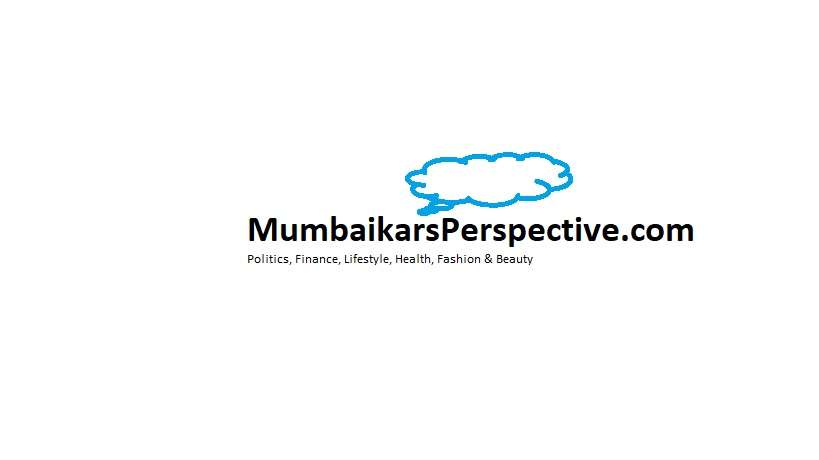5 Strategies for Creating an Inclusive Workplace
Imagine entering a workplace where employees feel valued and empowered to contribute their best or a place where collaboration thrives because everyone has an equal opportunity to grow. That’s the power of Employee Engagement Training—it shapes a culture that supports employees and drives business success. When organisations actively invest in inclusivity, they create an environment where diverse voices are heard, respected, and celebrated.
However, Creating Inclusive Workplaces is more than just a corporate goal—it is a mindset requiring conscious effort. Many organisations talk about diversity, but true inclusion demands strategic action. From leadership involvement to equitable career opportunities, fostering inclusivity requires a holistic approach. Here are five effective strategies to help businesses cultivate a truly inclusive workplace.
Table of Content
-
Foster an Inclusive Leadership Mindset
-
Implement Bias-Free Hiring and Promotion Practices
-
Promote Open Communication and Active Listening
-
Establish Employee Resource Groups (ERGs)
-
Integrate Inclusive Policies and Ongoing Training
-
Conclusion
1. Foster an Inclusive Leadership Mindset
Leadership is the first step towards inclusion. Leaders shape company culture, and their dedication to diversity influences the organisation. Employee engagement and belonging are increased when leaders actively promote and value inclusivity. Beyond enforcing policies, inclusive leadership entails identifying and resolving unconscious prejudices, guaranteeing equitable decision-making, and creating a psychologically safe environment where team members feel free to voice their opinions.
Organisations must offer training to raise awareness of biases and encourage equitable decision-making to foster an inclusive leadership mindset. It is recommended that leaders promote candid conversations regarding diversity and inclusion initiatives and incorporate them into their regular meetings. Diversity in the workplace can be emphasised by praising and promoting inclusive leadership practices. Leaders who set a good example encourage team members to accept diversity at all organisational levels.
2. Implement Bias-Free Hiring and Promotion Practices
Every workplace inclusion journey starts at hiring time. Routine hiring practices generally include subconscious biases that block minority groups from gaining available opportunities. An equitable hiring system develops through organisations using objective hiring criteria while judging candidates equally for all positions. Skill-based evaluation procedures and formal interview systems help create fair opportunities throughout the recruitment process.
The elimination of subconscious prejudice happens with blind recruitment since names and personal details are eliminated from candidate resumes. Equitable employment opportunities combined with mentorship and sponsorship programs will lead to accessibility for everyone in professional advancement. Businesses that commit equal opportunities throughout hiring and promotion processes unlock employee potential through diverse skill sets and different ideas.
3. Promote Open Communication and Active Listening
An inclusive workplace must promote candid dialogue and attentive listening. Employees should express their ideas, opinions, and worries without worrying about criticism or reprisal. Businesses that value candid communication foster an atmosphere where employees are more involved, creative, and effective.
Employers can gain important insights into workplace diversity by promoting employee feedback through surveys, town hall meetings, and one-on-one discussions. To ensure that each employee's voice is heard and respected, managers should actively listen. Establishing secure areas where employees can freely discuss workplace diversity issues promotes cooperation and trust. When organisations prioritise communication, employees feel more connected and inspired to contribute to a positive and inclusive work culture.
4. Establish Employee Resource Groups (ERGs)
ERGs are essential to creating an inclusive workplace. For people with similar experiences, these employee-led organisations offer support, advocacy, and a sense of community. ERGs facilitate networking, professional growth, and conversations on diversity in the workplace.
Employers ought to support team members in creating ERGs that reflect a variety of diverse factors, including gender, race, disability inclusion, and more. Creating significant initiatives that assist the organisation's overall diversity and inclusion initiatives is possible by providing resources and leadership support for ERGs. Employees feel empowered, and the workplace culture becomes more welcoming and encouraging when companies actively invest in ERGs.
5. Integrate Inclusive Policies and Ongoing Training
Incorporating inclusion into corporate policy and training initiatives is essential for its sustainability. Organisations must establish clear policies that support equity, respect, and fair treatment for all employees. A more inclusive workplace can be achieved by implementing policies about equal pay, anti-discrimination, and flexible scheduling.
All organisation levels should receive Diversity, Equity and Inclusion or DEI training on cultural competency, bias reduction, and inclusive communication methods. Attention to inclusivity remains a perpetual organisational focus because continuous learning remains a primary commitment. Organisations that systematically review and adapt their policies to match their changing personnel requirements maintain a long-term dedication to building an inclusive workplace environment.
Conclusion
Developing an inclusive workplace involves more than just enacting rules; it also entails fostering an environment where everyone is respected and heard. Innovation flourishes, collaboration improves, and employee engagement increases when companies emphasise diversity. The benefits of true inclusion are indisputable, but it takes constant work.







